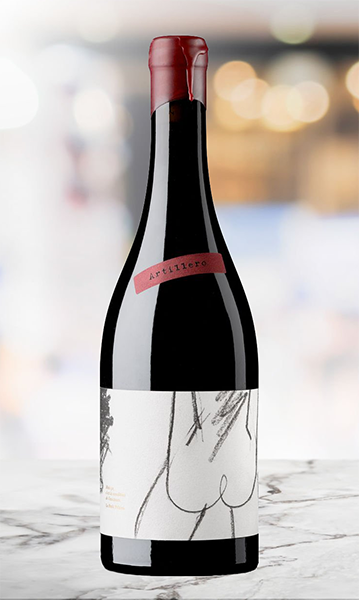
If you’re a wine lover, you’ve undoubtedly heard the term “orange wines” tossed around in the past few years. The category has become quite trendy lately, and you might be wondering what all the fuss is about. So let’s talk about orange wine, shall we? What is orange wine? Where did it come from? And why is it significant in today’s wine culture?
What is Orange Wine?
Orange wine is a type of white wine. It is not made from oranges but from typical white wine grapes. Its color is the most apparent differentiator, but the winemaking process is slightly different also.
Orange wine is called “orange” because it often (but not always) has an orangey tinge of color. This is, in large part, due to the extended skin contact the wine receives before bottling. Interestingly, many white wine grapes, like pinot gris and gewürztraminer, are pigmented, so if they spend any time on the skins, they will take on some of that color.
Orange color can also occur due to oxidation, which is a chemical process that happens when the wine is exposed to oxygen or sunlight for an extended time. Commercial wine is usually made in such a way that taking on color for any of these reasons is avoided by adding sulfur or other preservatives. In the end, it all comes down to what style of wine the winemaker wants to make.
What is Natural Wine?
The term natural wine is sometimes used interchangeably with orange wine. However, natural wine is a broader category within which orange wine resides.
When we talk about natural wine, we refer to wines that receive minimal intervention during the winemaking process. The wines are allowed to ferment naturally using wild indigenous yeasts. Nothing is added to the wine to preserve, manipulate, or stabilize. Natural wine is often unfinished and unfiltered, meaning you’ll see sediment collect in the bottle. This sediment is comprised of yeast hulls and other solid extract from winemaking.
What Does Natural Wine Taste Like?
One of the most exciting things about natural wine is that it’s wild and unpredictable. There can be considerable bottle variation, too, meaning that if you pick up a few bottles of the same wine, they might not all taste or appear exactly the same.
Because natural winemakers use wild yeasts, the result can be unpredictable. If the wine does not ferment completely dry—meaning there is still some residual sugar left after fermentation—the wine may start to referment in the bottle at some point, producing a carbon dioxide fizz that can be quite explosive.
Also, because there is no sulfur added (for the most part), the wine will not last as long as a commercially produced wine, so it’s important to note that natural and orange wines are made for short-term drinking.
Wine has been made for thousands of years without intervention or manipulation. It’s only within the past century that we’ve developed modern winemaking techniques to produce the types of wine you’re used to seeing today.
Orange wine—and any kind of natural wine, for that matter—is an homage to the origins of wine culture, when the crushed grapes were placed into clay amphorae and buried underground to ferment over the winter. Opening the vessel was an exciting moment, worthy of celebration, as it should be! If you have an adventurous palate, natural wine always has surprises in store.






